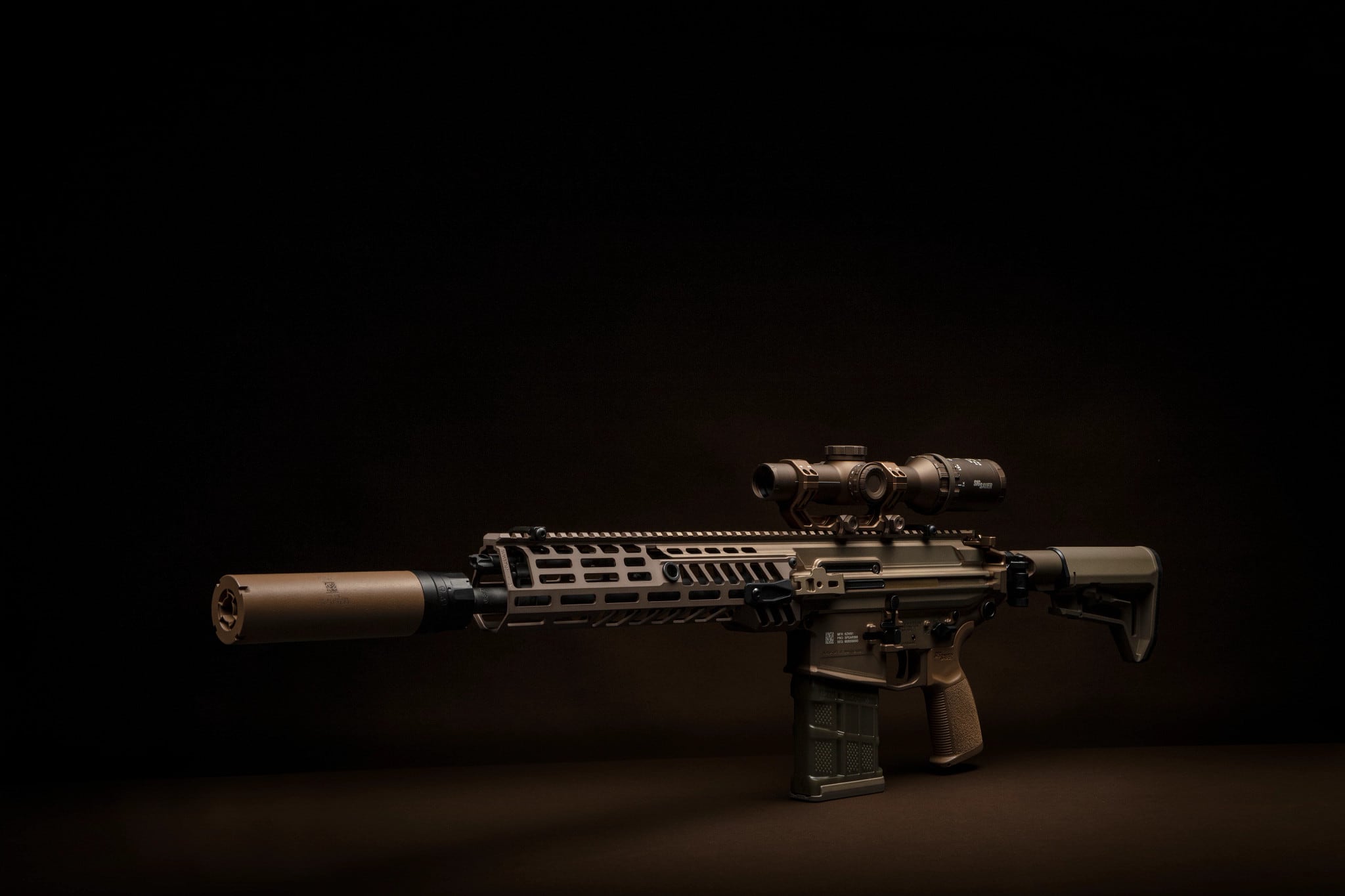Though the Army still hasn’t publicly disclosed which close combat unit will first carry its new rifle, machine gun and ammunition, it did share how much it’s spending and how many weapons are rolling out early next year.
The Army seeks to spend $38 million on research, development, testing and experimentation and another $293 million to procure the Next Generation Squad Weapon in fiscal 2024, the service announced Monday.
That will end up buying 17,122 rifles, 1,419 automatic rifles, 14,932 fire control optics and 21 million rounds of 6.8mm ammunition, said Army Under Secretary Gabe Camarillo.
The service bought more than 18,000 weapons last year, according to budget documents.
Those rifles, light machines, optics and rounds are set to reach the first unit equipped by early 2024, officials said. The weapon, which will also include a suppressor, is primarily for special operations forces, infantry, scouts and combat engineers attached to infantry or other close combat units.
The new combo gives soldiers a uniform round for fighting at the squad level, as they had with the weapons’ predecessors the M4/M16 and the M249 Squad Automatic Weapon. Those older systems, still in use by the force and likely to remain for non-close combat forces for decades to come, fired the 5.56mm round.
The intermediate cartridge of 6.8mm relies on an Army-designed projectile but is an entirely new round not used by U.S. forces before. It falls between 5.56mm and 7.62mm, both NATO rounds in use for more than half a century.
But the 6.8mm retains the accuracy needed at farther ranges than the smaller round while delivering energy on target that equals or exceeds 7.62mm in some instances, officials said.
Sig Sauer won the contract last year to supply the weapon and some of the ammunition to the Army. This came after the company won the contract to replace the previous M9 Beretta 9mm sidearm with the M17 handgun made by Sig Sauer, which continues to fire the 9mm round.
Todd South has written about crime, courts, government and the military for multiple publications since 2004 and was named a 2014 Pulitzer finalist for a co-written project on witness intimidation. Todd is a Marine veteran of the Iraq War.




